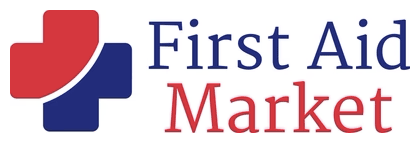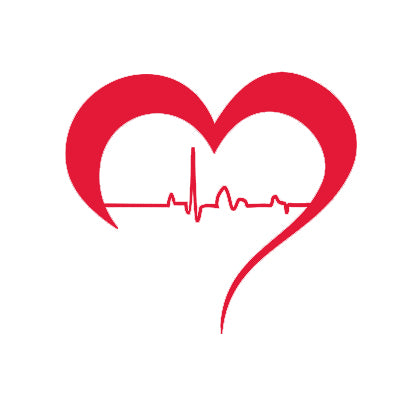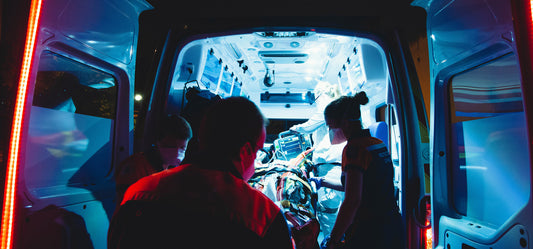Accidents and emergencies can happen unexpectedly, whether at home, work, or during outdoor activities. Being prepared with the right first aid supplies can make a significant difference in providing immediate care and potentially saving lives. In this blog post, we will discuss the essential first aid supplies that you should always have on you, ensuring you're equipped to handle common injuries and emergencies effectively.
-
Adhesive bandages: Adhesive bandages, commonly known as Band-Aids, are versatile and useful for covering small cuts, blisters, or abrasions. Ensure you have a variety of sizes, including regular and fingertip bandages, to accommodate different wound types.
-
Sterile gauze pads: Gauze pads are necessary for dressing larger wounds or controlling bleeding. Opt for sterile, individually wrapped pads to maintain cleanliness and prevent infection. They can be used as a primary dressing or to secure other bandages in place.
-
Adhesive tape: Adhesive tape is vital for securing dressings and bandages. It provides additional support and ensures the bandages stay in place. Look for hypoallergenic and breathable options to avoid skin irritation.
-
Antiseptic wipes or solution: Cleaning wounds promptly is crucial to prevent infection. Include antiseptic wipes or a bottle of antiseptic solution in your first aid kit to clean wounds effectively. They help remove dirt, bacteria, and debris from the injured area.
-
Disposable gloves: Disposable gloves are essential for personal protection and to maintain hygiene while providing first aid. They create a barrier between your hands and the injured person, reducing the risk of cross-contamination. Latex-free gloves are a safer option for individuals with latex allergies.
-
Tweezers: Tweezers come in handy for removing splinters, thorns, or other foreign objects embedded in the skin. Choose a pair with pointed tips to ensure precision when extracting objects.
-
Scissors: A pair of sharp scissors is necessary for cutting adhesive tape, gauze, clothing, or other materials during emergency situations. Ensure they are small, easy to handle, and have a rounded tip to avoid accidental injuries.
-
Triangular bandage: A triangular bandage is a versatile piece of fabric that can be used as a sling for arm injuries or as a makeshift bandage or tourniquet. Its flexibility and durability make it a valuable addition to your first aid supplies.
-
Pain relievers: Having over-the-counter pain relievers such as acetaminophen or ibuprofen can provide temporary relief for minor aches, pains, or headaches. However, it's important to follow the recommended dosage and consult a healthcare professional if needed.
-
First aid manual: While not a physical supply, having a comprehensive first aid manual is crucial. It will provide you with the necessary knowledge and step-by-step instructions on how to handle various injuries and emergencies.
Being prepared with essential first aid supplies is crucial for addressing injuries and emergencies promptly. While this list covers the basics, consider your specific needs and activities when assembling your first aid kit. Regularly check the expiration dates of items and replace any used or expired supplies. Remember, proper first aid training is equally important, so consider enrolling in a first aid course to enhance your knowledge and confidence in providing effective care when it matters most. Stay prepared, stay safe!




